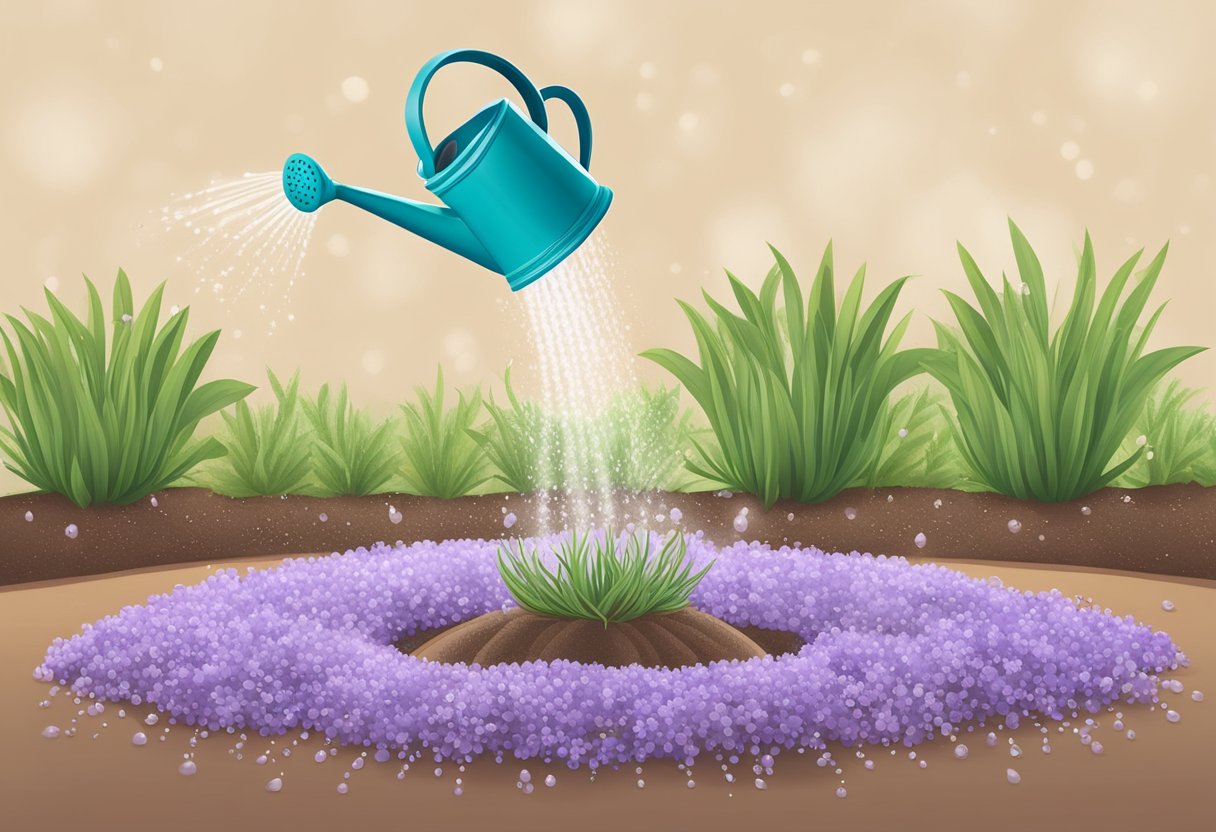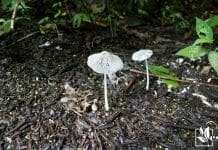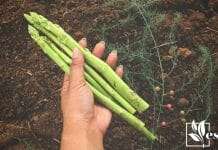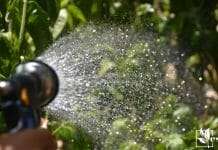Growing lavender from seeds can be a rewarding endeavor, and knowing the proper care for these delicate seedlings is key to success. My experience has shown that while lavender is often celebrated for its low-maintenance qualities once established, the germination stage is critical and requires consistent attention. Watering lavender seeds properly ensures healthy root development and contributes to successful growth.

I’ve found that watering lavender seeds lightly once a day until they germinate creates the ideal moisture level.
Lavender seeds thrive in warm and sunny conditions, with temperatures optimally between 70-75°F (21-24°C) during germination. After the plants have sprouted, it’s important to maintain temperatures between 65-75°F (18-24°C). Keeping the soil moist but not waterlogged is crucial; overwatering can be as detrimental as underwatering. By maintaining the right environment and water balance, one can foster a hospitable habitat for lavender seedlings to flourish.
JUMP TO TOPIC
Optimal Conditions for Growing Lavender
Creating the ideal environment for lavender is crucial to ensure vibrant growth from seedlings to full-bloom plants. As a drought-tolerant plant that thrives in Mediterranean climates, lavender requires specific conditions pertaining to soil, watering practices, and climate to flourish.
Soil Requirements
💥 Lavender demands well-draining soil.
I find that a mix of sandy or rocky soil, enriched with organic matter like compost or perlite, facilitates good drainage and prevents root rot. This is especially important for the delicate seedlings that are prone to damp conditions.
Watering Techniques
It’s imperative not to overwater lavender, as it’s a plant that tolerates drought well. In my experience, I water the seeds lightly but consistently until germination and then decrease the frequency.
For mature plants, 1-2 inches of water per week suffices, adjusted for climate and soil type.
Sunlight and Temperature
Lavender seedlings blossom in full sun and require temperatures between 65-75°F (18-24°C).
They need enough direct sunlight daily to ensure optimal growth, safeguarding the development from frost with winter protection.
Cultivation and Maintenance
In my experience growing lavender, proper watering from seeding to a mature plant is crucial for the plant’s health and vitality. Careful attention to soil moisture and environmental conditions will prevent common issues that can limit growth and plant vigor.
From Seeding to Mature Plant
When I start with lavender seeds, I ensure the soil is consistently moist but not waterlogged to avoid rot. Normally, I water lightly once a day until they germinate. As the seedlings sprout and grow, reducing the frequency of watering encourages a strong root system which is essential when transplanting. Indoor lavender or that grown in pots should be checked regularly, as soil moisture can vary greatly indoors. For container-grown lavender, I use well-draining soil and pots with drainage holes.
Once lavender plants are established, they require less water than during their initial growth stages. I find that watering once every 1-2 weeks suffices, depending on the weather, providing about 1-2 inches of water, particularly during dry periods. I’m attentive to the top inch of soil; it should feel dry before I water again.
Protecting Against Common Issues
Maintaining the right level of soil moisture is essential to prevent root rot and fungal diseases, which I’ve noticed can be common in lavender. I achieve this balance by watering deeply but infrequently, making sure the plant doesn’t sit in water. Mulch can help maintain soil moisture and reduce weed competition. However, adding too much mulch can retain excessive moisture and humidity around the base of the plant, creating an environment where fungus thrives. When growing lavender indoors, I make sure there’s enough air circulation to prevent high humidity levels, which can lead to mold and fungus.
Advanced Lavender Care Tips
In this section, I’ll guide you through the nuances of caring for lavender plants, particularly when they are in pots or raised beds and how to manage watering and fertilization for robust growth.
Special Considerations for Pots and Raised Beds
Caring for lavender in pots and raised beds requires attention to potting soil and drainage. I ensure that my containers have ample drainage holes and use a potting mix that’s light and drains well, combining ingredients like peat, perlite, and sand. Here’s what I keep in mind for optimal growth:
- Pot Size: Choose a pot that’s large enough to accommodate the lavender’s root system, which helps minimize the stress on the plant and reduces the need for frequent repotting.
- Drainage: I can’t stress enough the importance of good drainage. I ensure that my pots have drainage holes and often add a layer of gravel at the bottom to prevent soil from clogging the holes.
- Raised Bed Consideration: When using raised beds, I make sure that the soil mixture is similar to that used in pots for consistent drainage and that the bed location gets full sun exposure.
Handling pots and raised beds correctly makes watering a less frequent necessity due to better soil moisture control.
Water Management and Fertilization
Managing water and fertilizer for lavender means balancing soil moisture without overwatering, as lavender is drought-tolerant once established. Here’s my approach for water management and fertilization:
-
Watering Frequency: I water my lavender deeply but infrequently, allowing the soil to dry out between watering sessions. This encourages deep root growth and reduces the chances of root rot.
💥 Quick AnswerLavender in containers generally needs watering once a week, depending on the climate and the pot size. Raised beds may retain moisture longer, requiring less frequent watering.
-
Fertilization: Lavender does not require a lot of fertilizer. In fact, too much fertilizer can harm the plants. I feed my lavender with a slow-release fertilizer at the beginning of the growing season, and that’s usually enough to support their growth throughout the year.
Using a drip irrigation system can be a game-changer for maintaining consistent soil moisture levels, especially in drier climates. This targeted watering technique delivers water directly to the roots, reducing waste and minimizing the risk of fungal diseases.
For healthy and happy lavender plants, these advanced care tips on pot size, drainage, watering frequency, and the right touch of fertilization can create a thriving garden.











